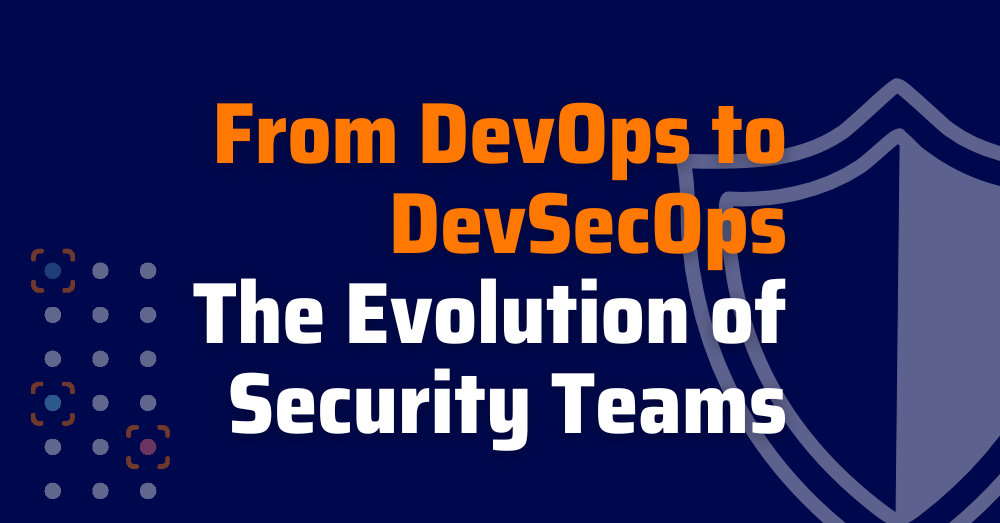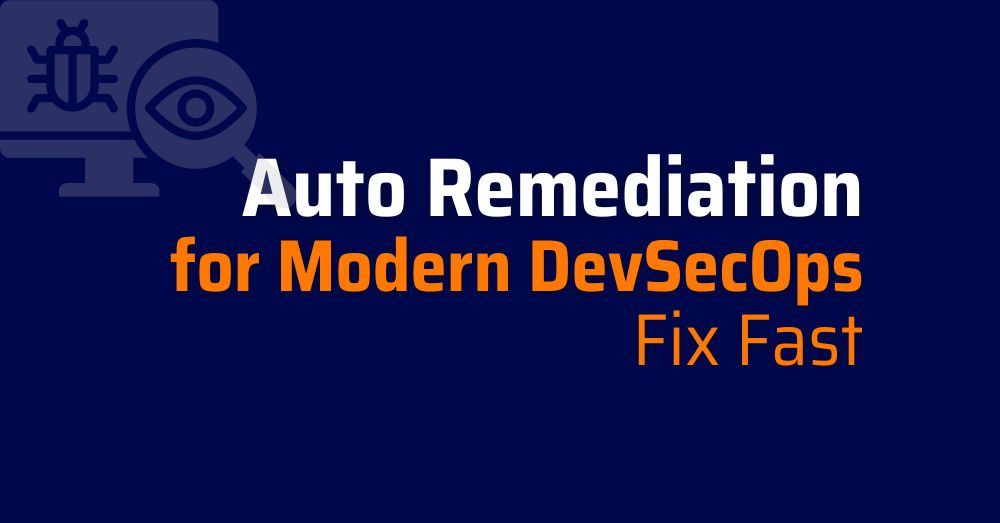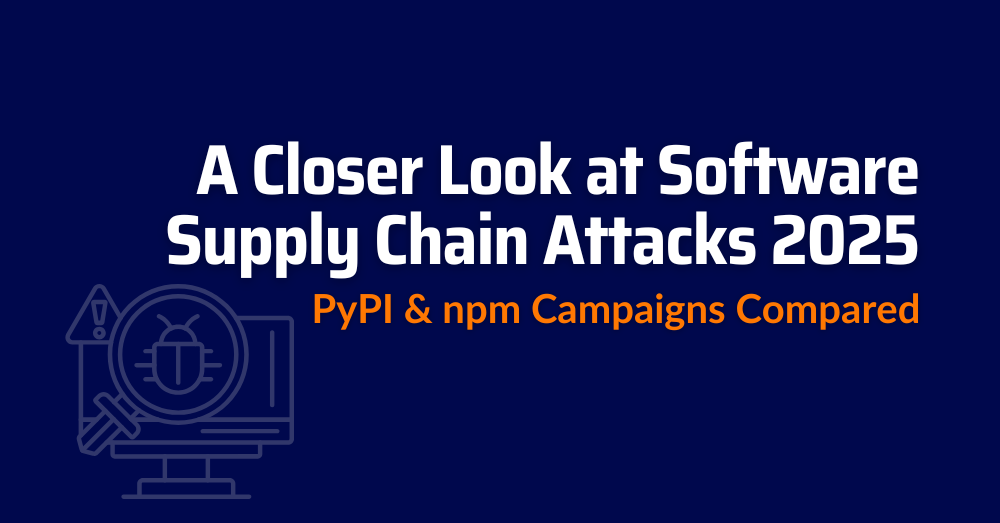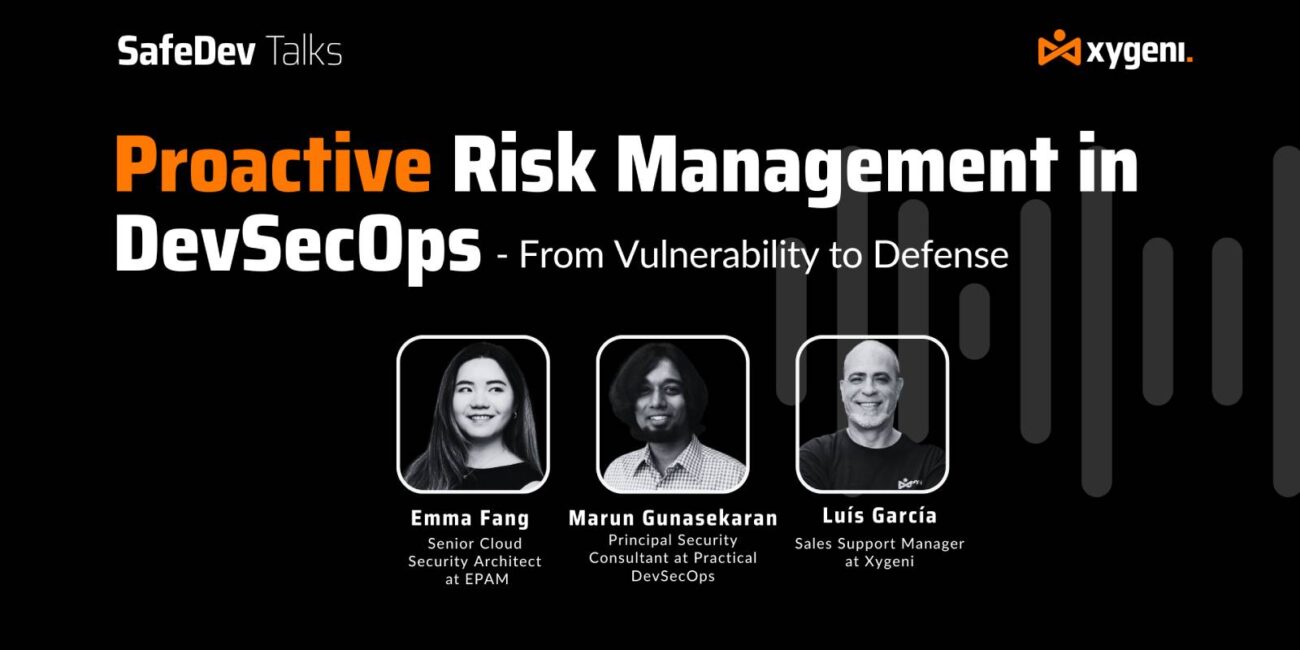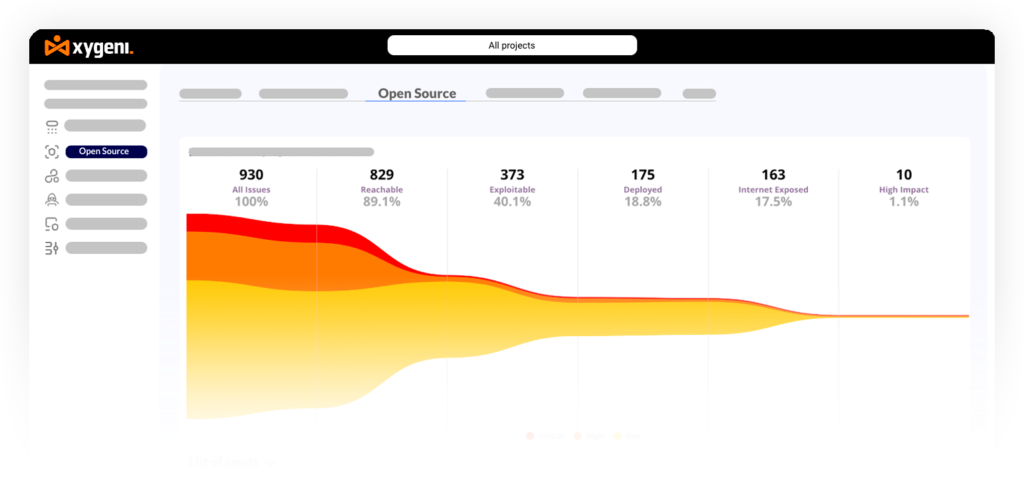Table of Contents
Explore the journey from DevOps to DevSecOps, analyzing how security teams have evolved to address the challenges of this dynamic landscape. We will delve into the key principles, practices, and technologies that empower organizations to build secure, resilient, and reliable software systems.
The DevOps Era
DevOps emerged as a collective response to the need for improved collaboration and communication between development and operations teams in the software industry.
DevOps is a fusion of Development and Operations—a revolutionary approach to software development and IT operations that fosters collaboration, efficiency, and continuous improvement within organizations.
The DevOps movement is commonly associated with its commencement in 2009, marked by the inaugural “DevOpsDays” conference thoughtfully organized by Patrick Debois. This event successfully brought together professionals from both development and operations fields, providing a platform for them to engage in discussions around their challenges and collaboratively propose solutions within their domains. It played a significant role in the initial formalization of DevOps principles. Since that pivotal moment, DevOps has seen widespread adoption among organizations, driven by its remarkable ability to accelerate the delivery of high-quality software, swiftly respond to market demands with agility, and markedly enhance overall business performance. But soon, more was needed – let’s see how it went from DevOps to DevSecOps.
DevSecOps is the ultimate strategy that includes security processes and best practices to make the entire Software Development Lifecycle safer and more resilient. DevSecOps helps companies ensure the security of their products and gain more trust from their clients.
Xygeni Tweet
The Emergence of DevSecOps
The emergence of threats and cyberattacks in recent years has escalated security concerns.
DevSecOps is a relatively recent concept that emerged as a response to the growing need for security integration within the DevOps process. Like DevOps, it has evolved as a community-driven approach. Many practitioners, security experts, and DevOps professionals have contributed to its development by sharing their experiences, best practices, and challenges in integrating security into DevOps processes.
The term “DevSecOps” itself is a blend of “Development,” “Security,” and “Operations,” underscoring the importance of uniting these traditionally separate domains. DevSecOps represents a paradigm shift where security is no longer an isolated phase but a continuous and integrated aspect of the development pipeline. Several factors contributed to its rise, including high-profile security breaches, stringent compliance requirements, and a growing awareness of security’s critical importance.
Traditional security teams used to act as gatekeepers, slowing down development processes to perform security checks. However, with DevSecOps, security teams no longer act as gatekeepers but as enablers, collaborating with developers to embed security at every stage of the development lifecycle.
Watch our SafeDev Talk and learn from the best!
Evolution of Security Teams – From DevOps to DevSecOps
In the DevSecOps era, security teams have undergone a profound transformation. They have transitioned from being gatekeepers to becoming partners in the development process. Security champions now exist within development teams, bridging the gap between security and development.
The shift from a gatekeeper model to a collaborative, enabling role is pivotal. Security teams now work closely with developers to educate, empower, and guide them in secure coding practices. Tools and technologies that support security have been seamlessly integrated into the continuous integration and continuous delivery (CI/CD) pipeline, ensuring that security is no longer an impediment but a natural part of the process.And that’s how it went from DevOps to DevSecOps.
Key Practices in DevSecOps
DevSecOps is marked by several key practices. The most common ones include:
In DevSecOps, security is treated as code, just like any other part of the software development process. Security policies and configurations are defined in code, which allows for automation and reproducibility. This practice ensures that security is consistent and predictable across environments.
Continuous Integration and Continuous Delivery (CI/CD) Security:
Security checks, such as static code analysis, dynamic scanning, and vulnerability assessments, are integrated into the CI/CD pipeline. This ensures that code is continuously tested for security issues throughout the development process.
Infrastructure as Code (IaC) Security:
IaC security involves scanning and assessing the security of infrastructure configurations, ensuring that cloud resources, containers, and server configurations are free from vulnerabilities. Automated tools help maintain the security of infrastructure components.
Container Security:
Containers have become integral to modern software development. DevSecOps practices involve securing container images, scanning for vulnerabilities in container contents, and implementing runtime security controls to protect containers in production environments.
Continuous Monitoring and Incident Response:
Continuous monitoring of applications and infrastructure helps detect and respond to security incidents in real-time. Security teams use monitoring and incident response tools to identify and mitigate security threats promptly.
- Security Champions:
Security champions are individuals within development teams who receive additional training in security and act as advocates for secure coding practices. They help bridge the gap between security and development teams and ensure that security is a shared responsibility.
Shift-Left Security:
Shift-left security encourages addressing security issues as early as possible in the development process. This means that security considerations are integrated into the design and planning phases, allowing for quicker identification and remediation of security flaws.
Security Orchestration and Automation:
Security orchestration and automation streamline security tasks and incident response. Workflows are automated, reducing manual intervention and ensuring consistent and rapid responses to security incidents.
Compliance as Code:
Compliance requirements are codified, ensuring that applications and infrastructure adhere to industry-specific regulations and standards. This approach automates compliance checks and helps organizations stay in line with legal and industry requirements.
Benefits of DevSecOps – The Evolution of Security Teams
One of the reasons to change from DevOps to DevSecOps was the benefits. The benefits of DevSecOps are compelling. By integrating security from the start, organizations can significantly reduce the risk of security breaches and vulnerabilities. The faster development cycles in DevSecOps mean quicker time-to-market, providing businesses with a competitive edge. Furthermore, DevSecOps naturally aligns with regulatory and compliance requirements, ensuring that organizations remain compliant with legal and industry standards. Here are the key benefits:
Enhanced Security Posture:
DevSecOps prioritizes security at every stage of the development process. By addressing security concerns early and continuously, organizations can significantly reduce their exposure to vulnerabilities and security breaches, thereby strengthening their overall security posture.
Rapid Delivery of High-Quality Software:
DevSecOps practices streamline security checks and controls, ensuring that they are integrated seamlessly into the development pipeline. This enables organizations to accelerate the release of high-quality software, meeting market demands and maintaining a competitive edge.
Improved Compliance and Regulatory Alignment:
DevSecOps naturally aligns with regulatory requirements and industry standards. By automating compliance checks and integrating them into the development process, organizations can ensure that their software remains compliant and avoids potential legal or regulatory issues.
Early Detection and Remediation of Vulnerabilities:
Automated security testing tools and continuous monitoring allow for the early identification of vulnerabilities and weaknesses in code and infrastructure. This early detection enables faster remediation, reducing the risk of security incidents.
Collaboration and Cross-Functional Teams:
DevSecOps encourages collaboration between development, security, and operations teams. This collaborative environment fosters knowledge sharing and a shared responsibility for security, resulting in a more harmonious and efficient working environment.
Risk Mitigation:
Through proactive security practices, DevSecOps helps organizations identify and address security risks before they become costly issues. By taking a preventive approach, the financial and reputational risks associated with security incidents are minimized.
Cost Savings:
While implementing DevSecOps may require an initial investment in tools and training, the long-term benefits include cost savings. Early vulnerability detection and reduced security incidents can save organizations substantial expenses that might be incurred in addressing breaches or non-compliance.
Customer Trust and Reputation Enhancement:
Secure software and data protection are critical in building and maintaining customer trust. DevSecOps practices help organizations safeguard their customers’ data, which, in turn, enhances their reputation and fosters customer loyalty.
Agility and Innovation:
DevSecOps enables organizations to adapt to changing market conditions and innovate more rapidly. By automating security controls, development teams can focus on creating new features and functionality, driving innovation and market leadership.
Data Privacy and Ethical Considerations:
DevSecOps aligns with data privacy and ethical considerations. Organizations that prioritize security in their development process demonstrate a commitment to protecting customer data and respecting privacy, which is increasingly important in today’s digital landscape.
Challenges of DevSecOps
Now, you already know how it went from DevOps to DevSecOps. While DevSecOps offers a wealth of advantages, it does come with its share of challenges. Transitioning to DevSecOps can be demanding, often requiring a significant cultural shift within an organization. Additionally, training and upskilling for security teams are essential to ensure they are well-equipped to handle the evolving landscape. Regulatory and compliance considerations are also key, as organizations need to balance agility with meeting necessary requirements.
The journey from DevOps to DevSecOps represents the natural evolution of security in the ever-changing world of software development. By embedding security at the heart of the development process, organizations can fortify their defenses, deliver faster, and stay compliant with industry regulations.
Definition of DevSecOps: DevSecOps is the ultimate strategy that includes security processes and best practices to make the entire Software Development Lifecycle safer and more resilient. DevSecOps helps companies ensure the security of their products and gain more trust from their clients.

